Queensland’s coast attracts all kinds of aquatic creatures. Hervey Bay whale watching is famous all around the world but you need to go at the right time of year for an amazing experience. Seeing the Mon Repos turtles may not be as spectacular as seeing a humpback whale breach but if you love wildlife, it’s an experience you should put on your to-do list.
Contents
- Mon Repos
- Turtle Facts
- 1-You don’t have to be in the water to see turtles
- 2-The ex-HMAS Brisbane is a magnet for turtles
- 3-There around 500 female turtles on the Sunshine Coast
- 4- Mature Hawksbill turtles consume over 500 kilograms of sponge each year
- 5- Sea turtles are predators
- 6- Plastic is often mistaken as food by turtles
- 7- Turtles are vulnerable
- 8- Mon Repos is a top spot to see turtle hatchlings
Mon Repos
Mon Repos is four hours north of Brisbane and 15 minutes east of Bundaberg (home to Bundaberg Rum and the Bundy Bear). It’s also 10 minutes from Bargara beach.
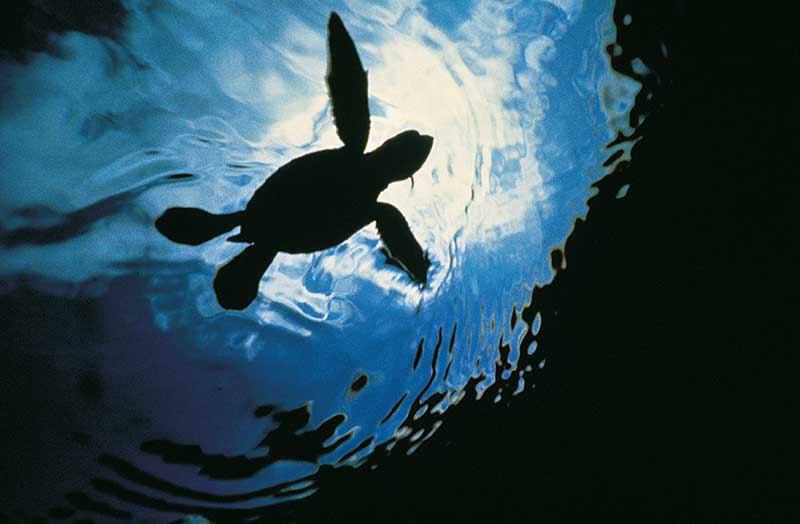
Mon Repos (which means My Rest) was the name of the house of a French sugar pioneer in 1884.
In 1893, France chose Mon Repos Beach to build a telegraph cable between New Caledonia and Australia, revolutionising communications with the world.
Remnants of this cable can still be found on the dunes and beach.
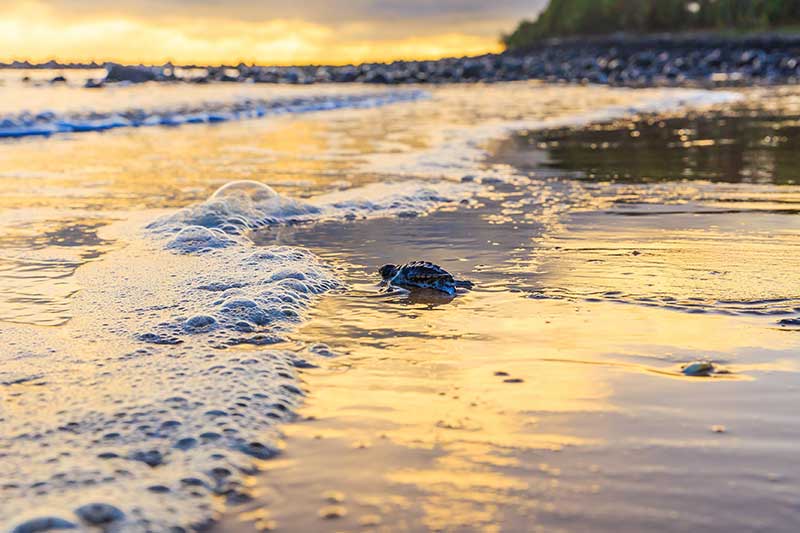
South Sea Islanders later came to the area to provide much support to the sugar industry. A testament to this is the Rock Wall created in their honour.
Pioneer Australian Aviator Bert Hinkler was a Bundaberg boy.
His very first flight in 1912 on Mon Repos Beach launched his career, which sadly ended prematurely in 1933 when he crashed trying to fly to Australia from Italy.
Mon Repos Turtles
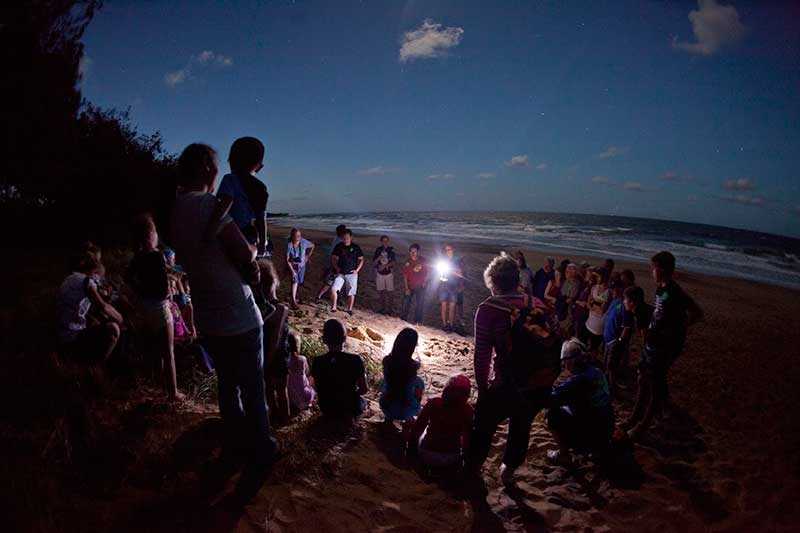
Queensland is proud to be home to many nesting marine turtles and Mon Repos is their most favoured spot.
Many eastern beaches receive small numbers of turtles but Mon Repos Beach has the highest number of encounters per breeding season.
Thousands of these amazing creatures come to nest, lay their eggs and hatch their babies to complete the cycle over and over again.
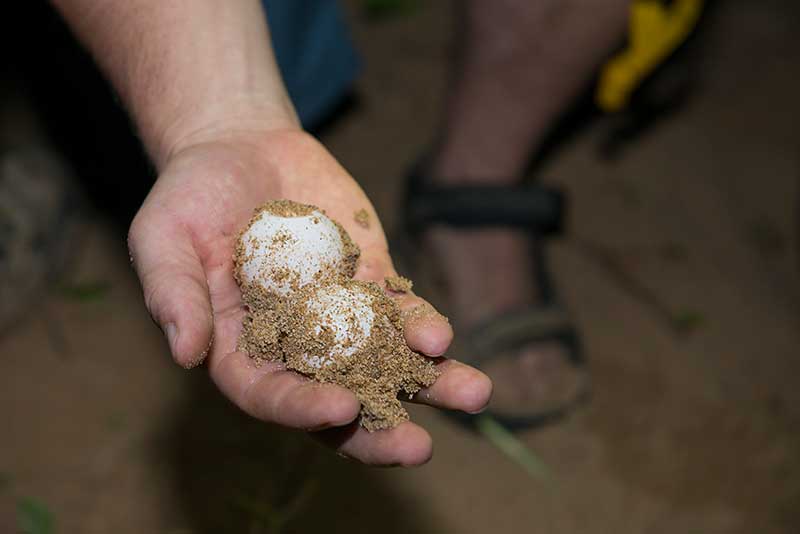
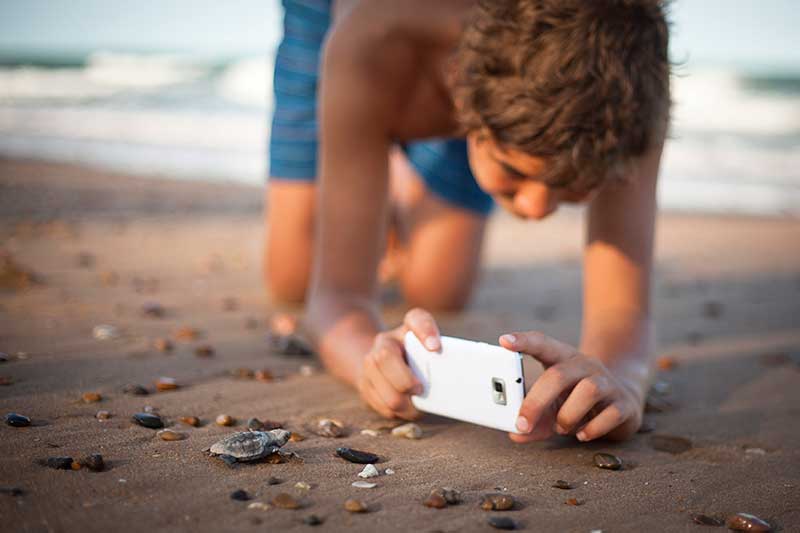
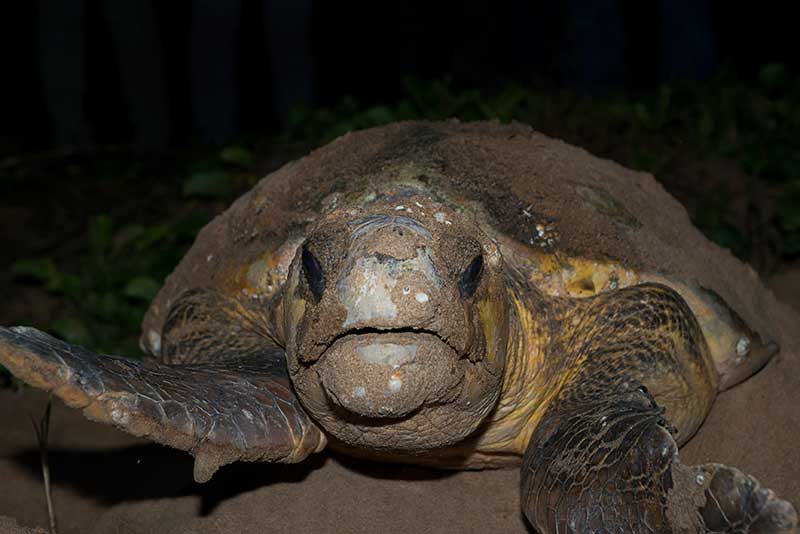
Pregnant females are quite fussy as to where they make their nest and if there is any light or noise on a beach, this will deter them.
The hatchlings also follow light back to sea and so this needs to be moonlight and not nearby housing.
Mon Repos has the reputation of being a very dark beach with only very distant low lights of civilisation.
So relatively large numbers of turtles frequent this beach each year compared to other beaches in Queensland.
What else to do around Mon Repos
There is quite a lot to do in daylight hours and the pristine beach is fringed by the Great Sandy Marine Park, with its basalt slabs and reefs.
You can explore coastal trails by foot or bicycle, potter in rock pools, snorkel or dive the reef.
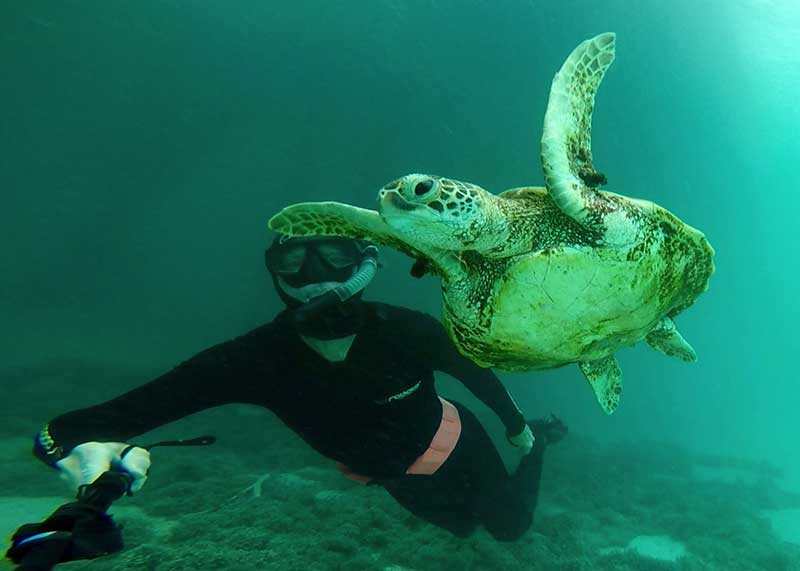
The Turtle Walking Trail stretches 9km from Bargara to Burnett Heads.
The Ponds Boardwalk is full of birdlife, crabs and freshwater turtles.
The Mon Repos Coastal Track takes in the Turtle Centre, beach, South Sea Island rock wall, rock pools and sand dunes.
The Cable House Creek circuit passes through rainforest scrub, a saltpan, creek and rocky shore along the Far Southern Boardwalk.
What happens at night in Mon Repos
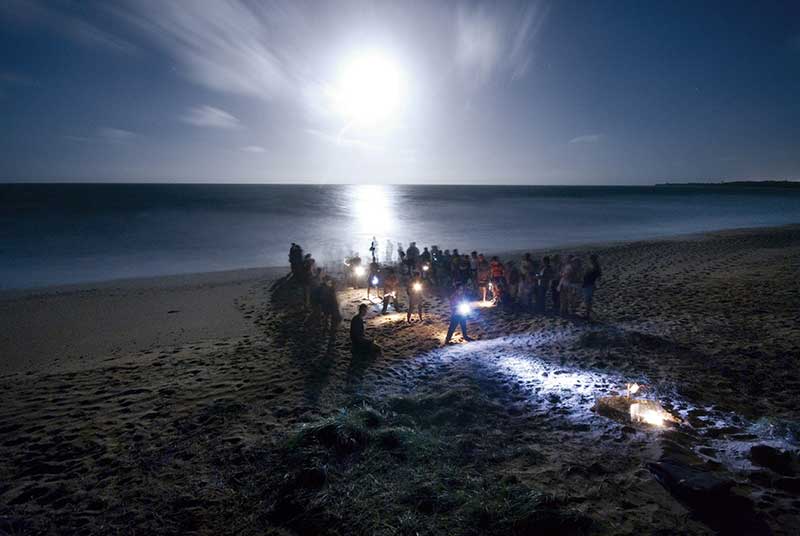
However, night is when Mon Repos comes alive.
Turtles arrive at this significant global breeding site between October and April.
Ranger and volunteer-guided tours from the Turtle Centre run from November to March (bookings are essential as numbers are restricted).
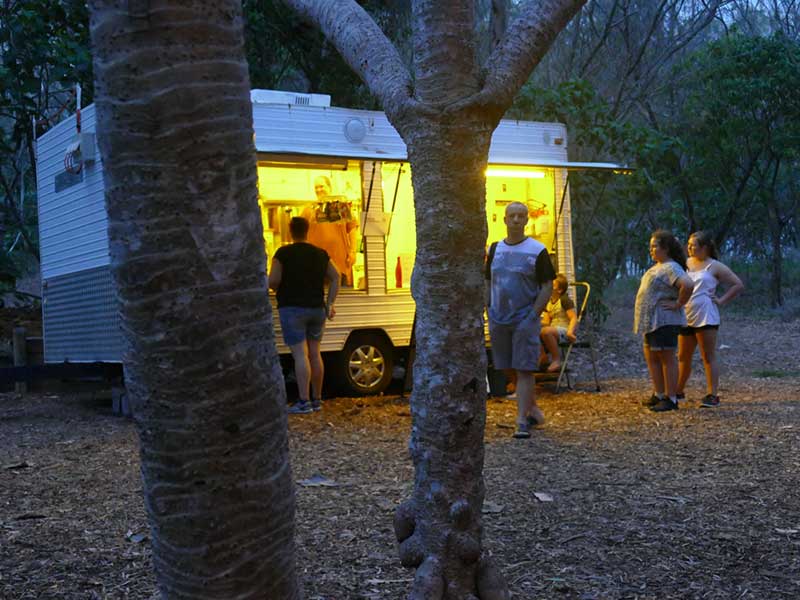
Pregnant female green and loggerhead turtles lay their eggs from November to January and hatchlings emerge from early December to April.
Turtle etiquette
Mon Repos turtle tours begin at 7 pm. Rangers communicate with each other to report where turtle beach activity is, and tours are organised accordingly.
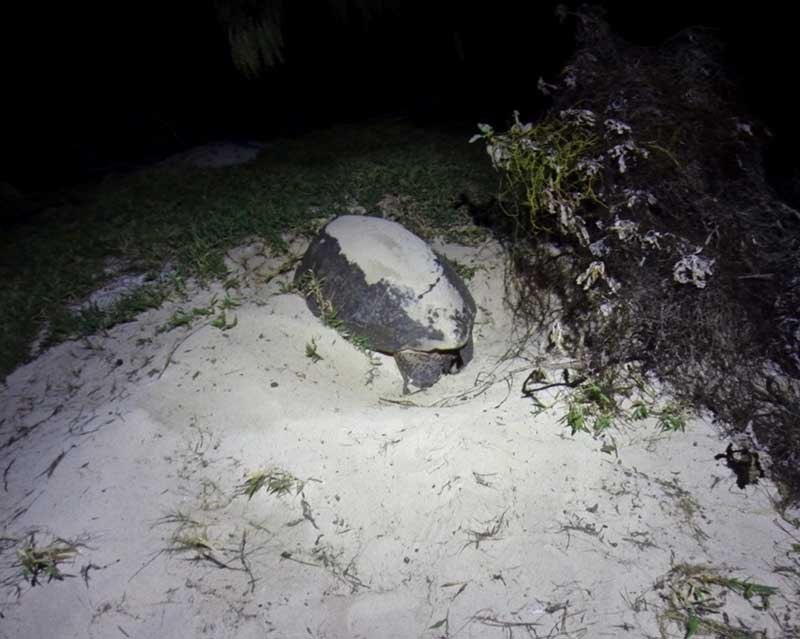
We were lucky as our group of 100 visitors was split into 3 as a number of turtles had come in to shore already.
So we set off in our group, stumbling into the night (no torches except red light allowed).
Our uneven, soft sandy path was partially illuminated by a full blood moon, thank God for only a few clouds.
I found it disconcerting to walk in almost complete darkness as did others, especially children.
Our Ranger organised us so we were never in front of Mum-to-be when she was ‘body pitting’ and digging her egg chamber, so as not to put her off.
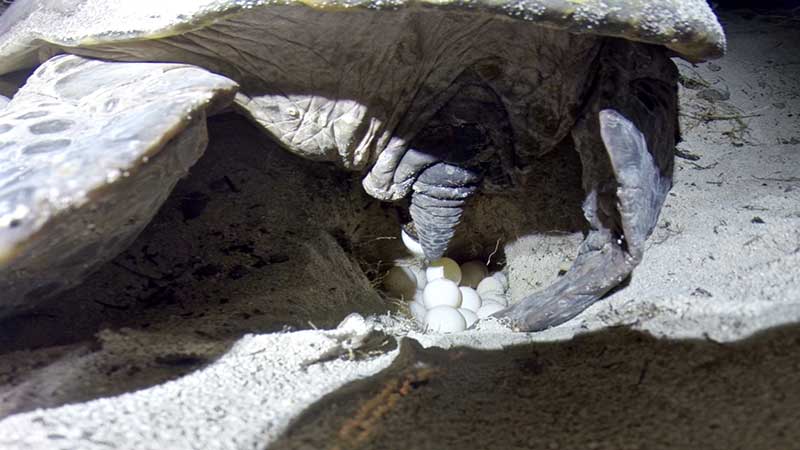
Once she has laid the first few eggs, it is ok to approach her to view and take photos (no flash).
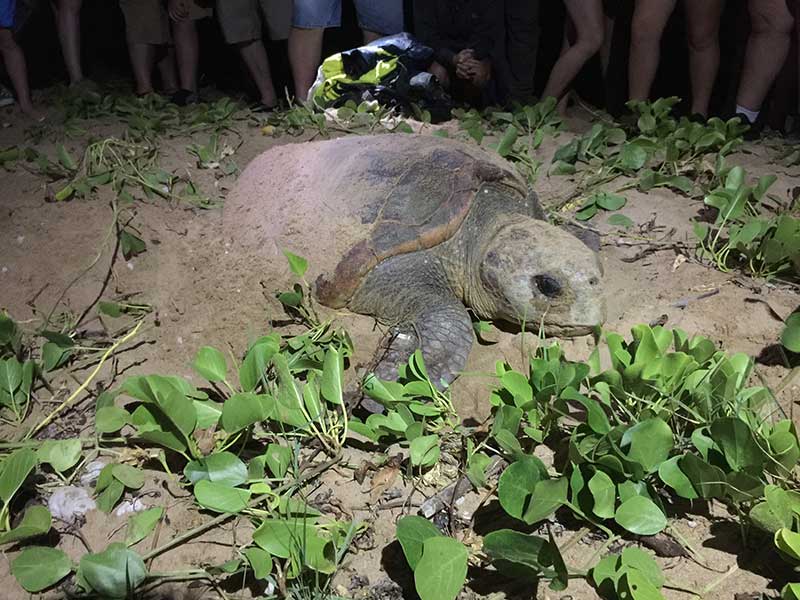
Mon Repos turtle hatchlings
Sometimes they nest too low on the beach, especially loggerheads, and the eggs are washed away by next high tide.
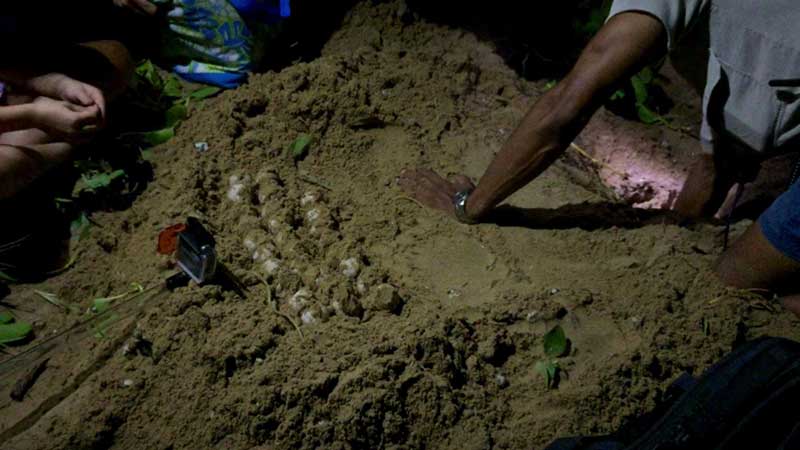
Our Mon Repos turtle mum was one of those who misplaced her egg boudoir.
So once she had dropped, buried and flopped back into the water, our ranger had to dig up the clutch and re-bury the hundred or so eggs.
He had a one to a two-hour window to complete the task while the shells were still soft.
The whole process took about two to three hours.
Thank God it was a warm night and our action was early in the evening.
You could stay longer and watch another mum do her thing or talk with the volunteers recording all the data, but by then I felt I knew the process, had got all the photos I wanted and was ready to crash back in our roadside van.
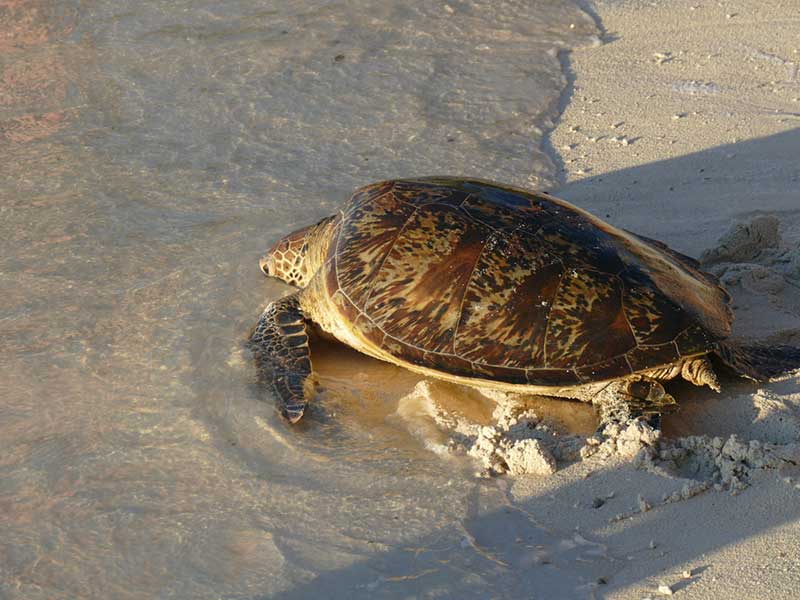
We staggered back to the Mon Repos Turtle Centre and walked around the exhibition and the Gift Shop to buy a cursory keepsake to support Turtle conservation.
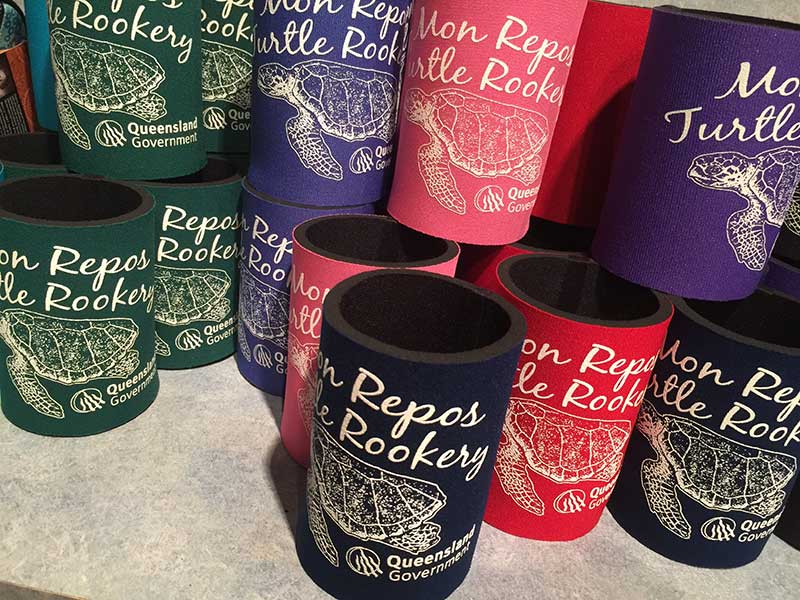
CUT THE GLOW, LET TURTLES GO
All in all, the whole process was quite streamlined.
I felt well informed and was happy with my turtle experience.
The Mon Repos rangers and Mon Repos volunteers do a great job in monitoring and supervising the breeding activity.
And it is reflected in increasing numbers of breeding females returning to Mon Repos year after year.
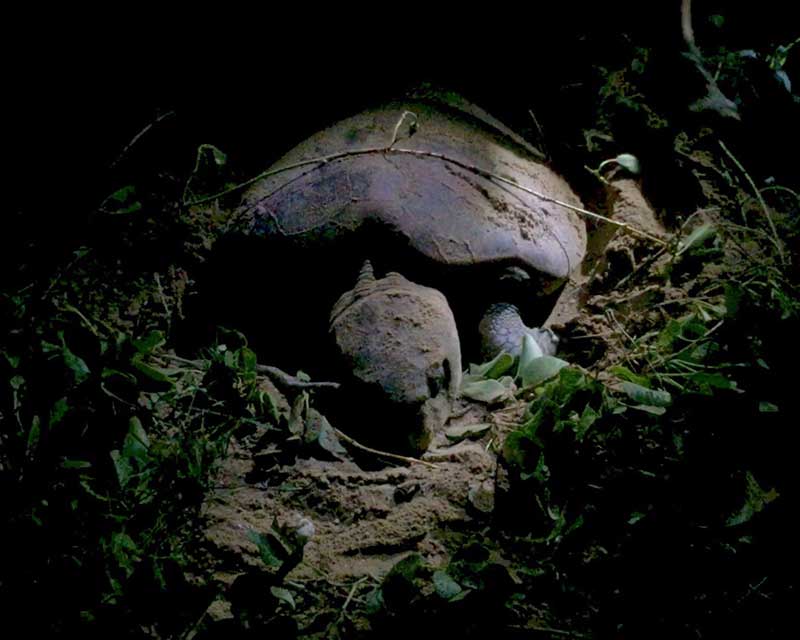
So if you see a turtle nesting on a beach, maximise their nesting and hatching survival and stay well away from them.
Approach only from behind, leave all the lights off, and do not disturb their behaviour.
For more information about seeing the turtles in Bundaberg visit this website.
Turtle Facts
You can see turtles all around Australia, including other places in Queensland such as the Great Barrier Reef, Fitzroy Island or Green Island, Port Douglas or Cairns, Lady Elliot Island, Heron Island and Lady Musgrave Island.
You’ll also find them in in places like Hawaii and the Seychelles.
Did you know that there are plenty of turtles around the Sunshine Coast?
If you’re looking for Green turtles, Loggerheads or Hawksbill turtles there are a few ways to experience a turtle moment.
Here are 8 cool things you should know about sea turtles.
1-You don’t have to be in the water to see turtles
When visiting the Sunshine Coast, walkers can see turtles around the Mooloolah River and from cliff-top vantage points between Noosa National Park and Kings Beach.
Look out for tracks left by nesting sea turtles on ocean beaches between Caloundra and Sunshine Beach during the summer months.
2-The ex-HMAS Brisbane is a magnet for turtles
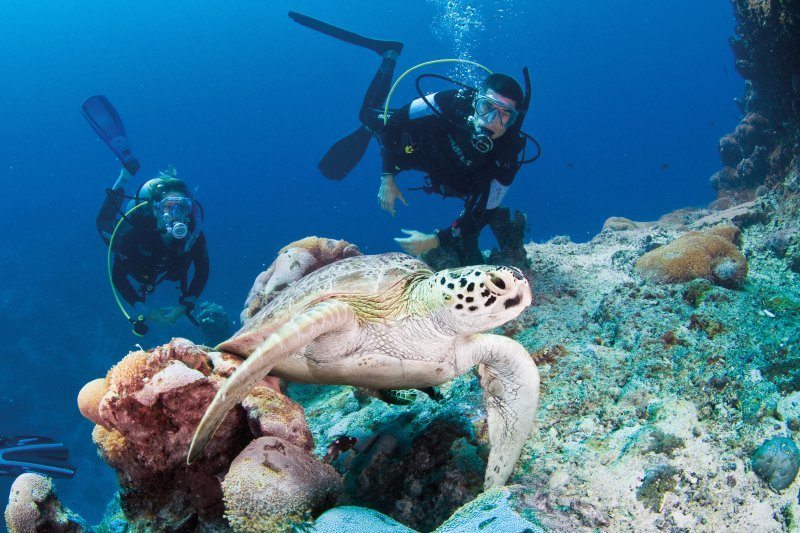
Snorkellers can experience turtle encounters off the beach at The Spit and around Mudjimba Island.
The ex-HMAS Brisbane, 8km from Alexandra Headland, is a magnet for sea life and has been a hideaway for turtles since it was scuttled on the 31st July, 2005.
3-There around 500 female turtles on the Sunshine Coast
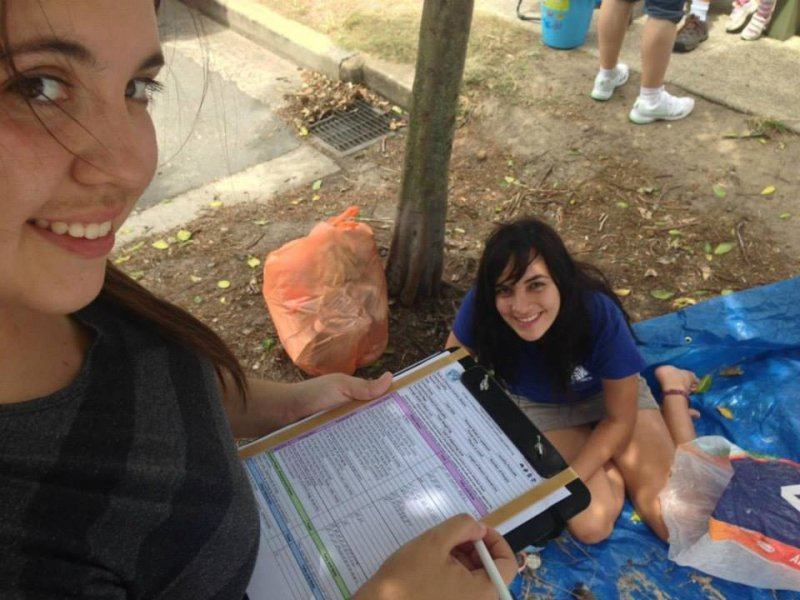
Sea turtles are both vulnerable and endangered and they need our help.
The TurtleCare Volunteer program is a monitoring program for nesting activity from Golden Beach to Point Cartwright and Sunshine Beach north to Teewah Beach.
TurtleCare and Coolum District CoastCare are local groups tasked with the responsibility of protecting nests and turtle nesting habitat on Sunshine Coast beaches.
With a nesting population of Loggerhead turtles on the east coast of Australia estimated at only 500 females, the Sunshine Coast represents a small but very important part of the population in Queensland.
4- Mature Hawksbill turtles consume over 500 kilograms of sponge each year
Each species has a role in maintaining a healthy ocean.
A mature Hawksbill turtle is believed to consume over 500 kilograms of sponge each year to create space for other life forms to establish and increase the variety of food and relationships that increase resilience and survival of reefs.
What Hawksbills do for hard reefs are similar to the effect adult Green turtles have on seagrass meadows.
5- Sea turtles are predators
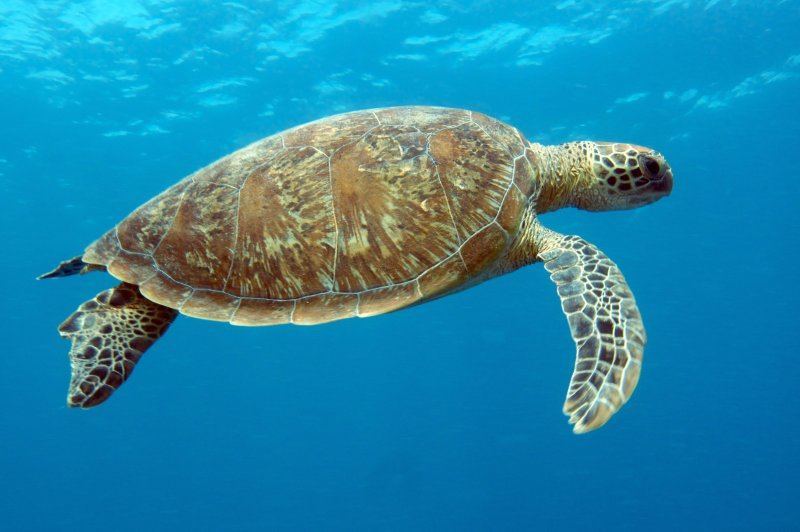
Sea jellies such as blue blubbers, lions mane, blue bottles and giant moon jellies that respond to algae blooms after major weather events are kept under control by sea turtles.
Without predators like sea turtles, sea jellies can strip marine ecosystems of plankton that sustain commercial and recreational fisheries.
6- Plastic is often mistaken as food by turtles
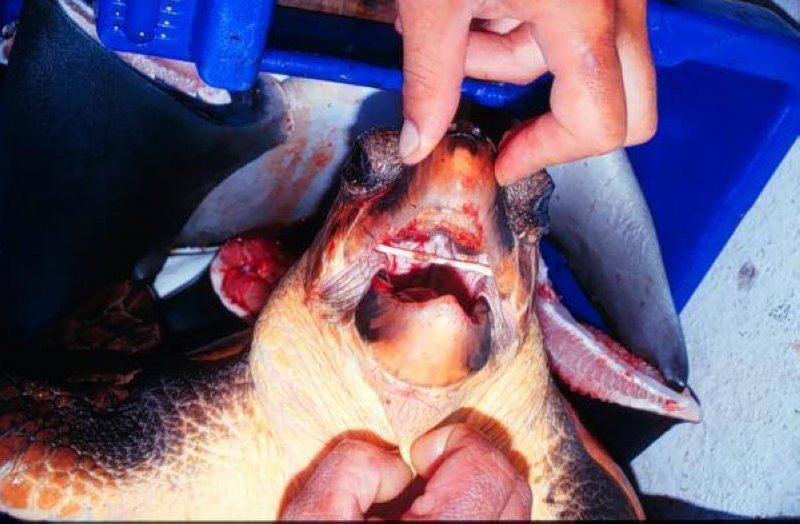
As it accumulates in their digestive system, they lose weight.
The result is a floating syndrome that puts them at risk of strikes by boats and jet skis. Keeping plastics and balloons out of marine ecosystems is an excellent lifestyle choice that can help turtles to survive another 100 million years in our oceans.
Get friends and family involved with TurtleCare volunteers at clean-up for turtle hatchlings events.
Turtles that are found floating and unable to dive can be saved.
If you see a turtle in trouble contact: 1300ANIMAL [1300264625].
The hotline connects response networks and rehabilitation services like those provided by Australia Zoo and Sea Life at Mooloolaba.
7- Turtles are vulnerable
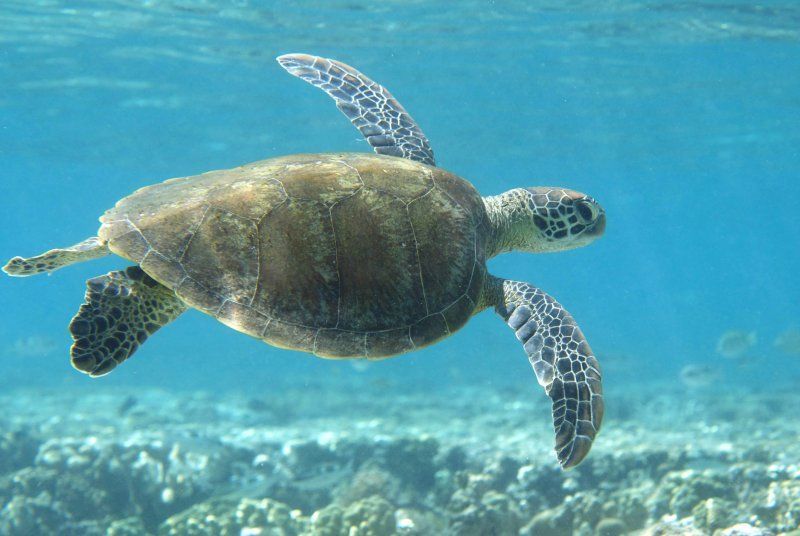
Threats to sea turtles are not limited to plastics.
There are foxes, fishing lines, fuel spills and ghost nets. Bunting that is placed over nests on the Sunshine Coast prevent foxes and other predators from digging up the nests during the incubation period.
8- Mon Repos is a top spot to see turtle hatchlings
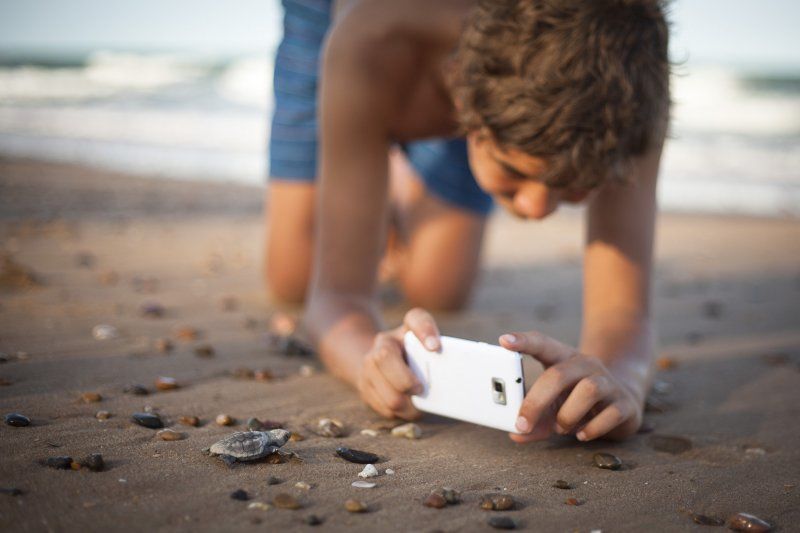
To watch turtles nesting and the possibility of seeing hatchlings make a dash for the open ocean, plan a holiday to Mon Repos, 300 km north of Mooloolaba near Bundaberg.
Park rangers can have you on the beach from 7 pm from November to late March. The best time for hatchlings is from January to March.
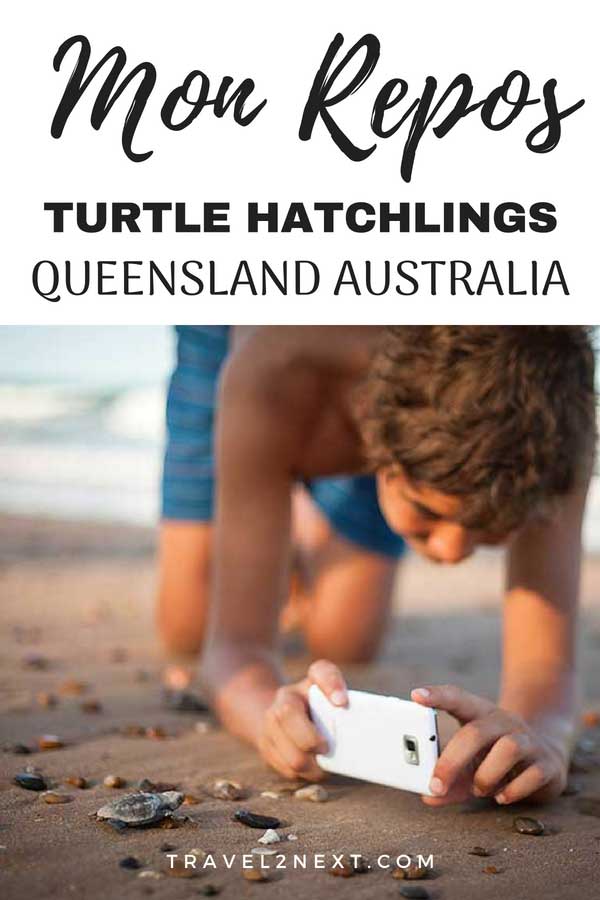
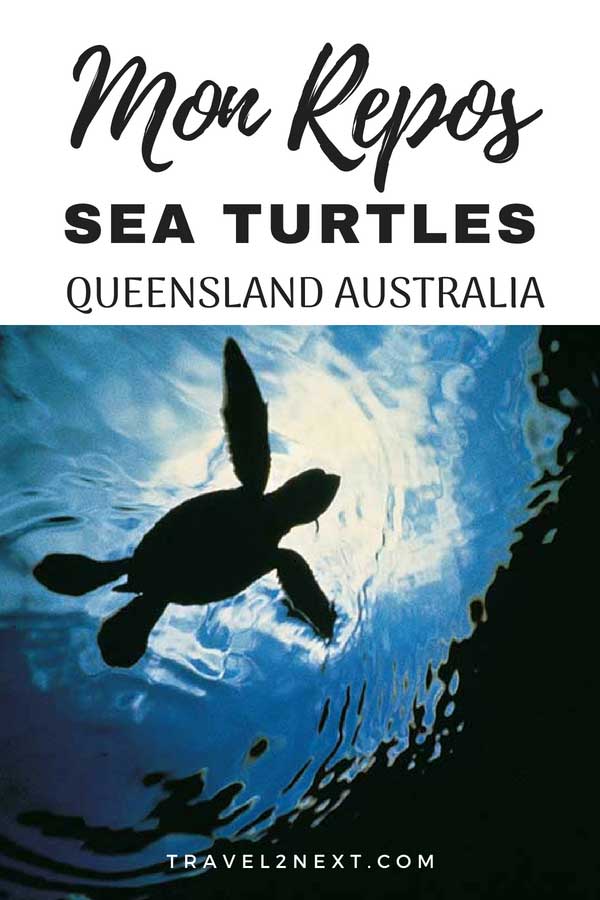
Plan Your Trip

Rent A Car – Find the best car rental rates at Discover Cars. They compare car hire companies to provide you with the best deal right now.

Find A Hotel – If you’re curious about this article and are looking for somewhere to stay, take a look at these amazing hotels.



